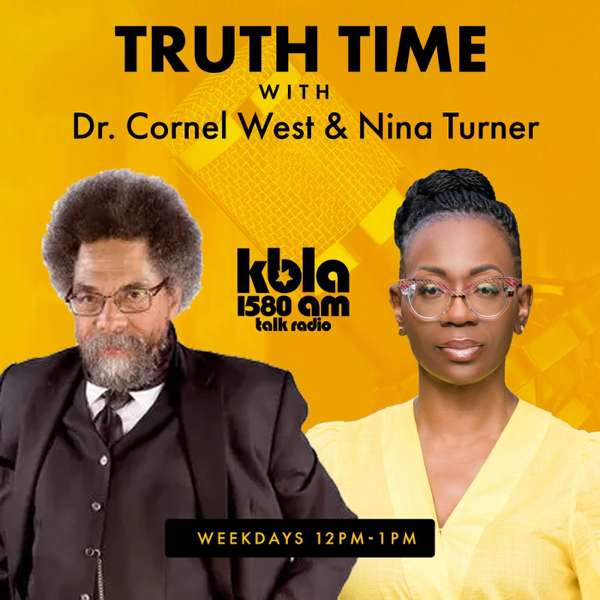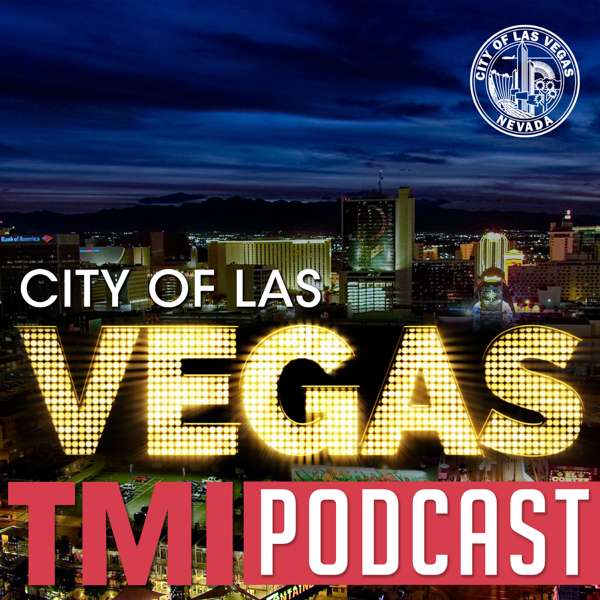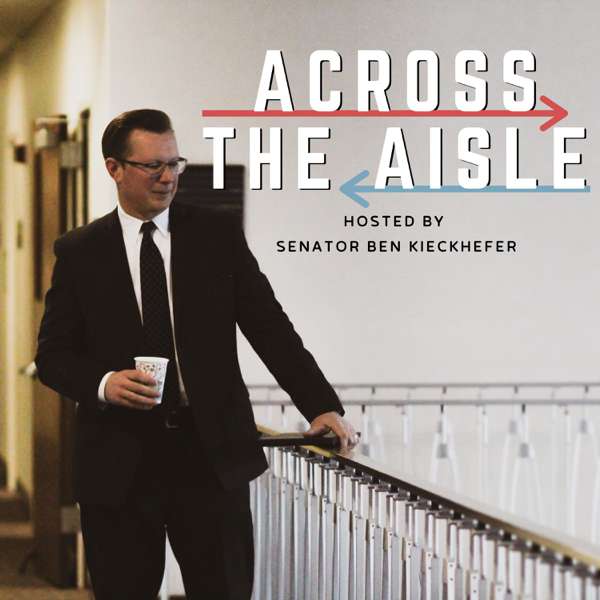The Texas Municipal League Intergovernmental Risk Pool proudly introduces the Local Officials: Stronger, Together Podcast Series. The Pool is producing this regular podcast series, which has been dubbed STP, to help local officials (and managers and staff) understand key operational and legal concepts, and the services the Pool provides. After arming members with that information, each 15-minute episode will give easy action items to help keep your citizens, employees, volunteers, and property safe, all while saving public dollars. City council members can earn up to 19 Texas Municipal League Institute CEUs for listening to the podcasts. To receive CEUs for a particular episode, an elected official must provide a description of the episode, which must be educational in nature, pertain to municipal leadership, and should enhance your service as an elected official, for TML approval. Attorneys who listen to podcasts may be eligible for up to three hours of self-study CLE credit. Please refer to the State Bar CLE compliance rules for more information.
- Home
- Top Charts
- Top Networks
- Top Apps
- Top Independents
- Top Podfluencers
- Top Picks
- Top Business Podcasts
- Top True Crime Podcasts
- Top Finance Podcasts
- Top Comedy Podcasts
- Top Music Podcasts
- Top Womens Podcasts
- Top Kids Podcasts
- Top Sports Podcasts
- Top News Podcasts
- Top Tech Podcasts
- Top Crypto Podcasts
- Top Entrepreneurial Podcasts
- Top Fantasy Sports Podcasts
- Top Political Podcasts
- Top Science Podcasts
- Top Self Help Podcasts
- Top Sports Betting Podcasts
- Top Stocks Podcasts
- Podcast News
- About Us
- Podcast Advertising
- Contact

 Our TOPPODCAST Picks
Our TOPPODCAST Picks  Stay Connected
Stay Connected







